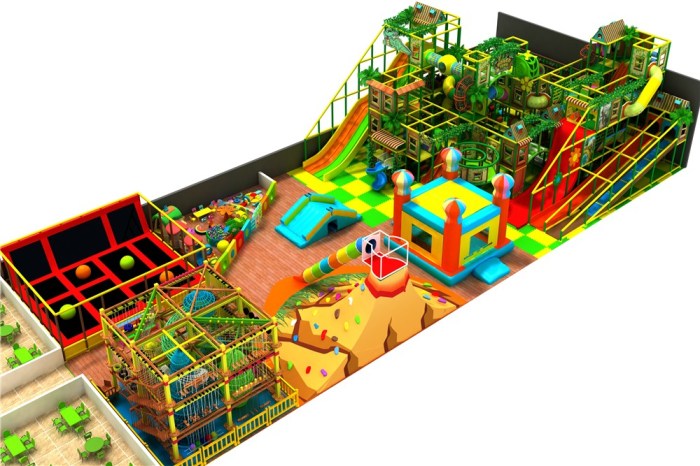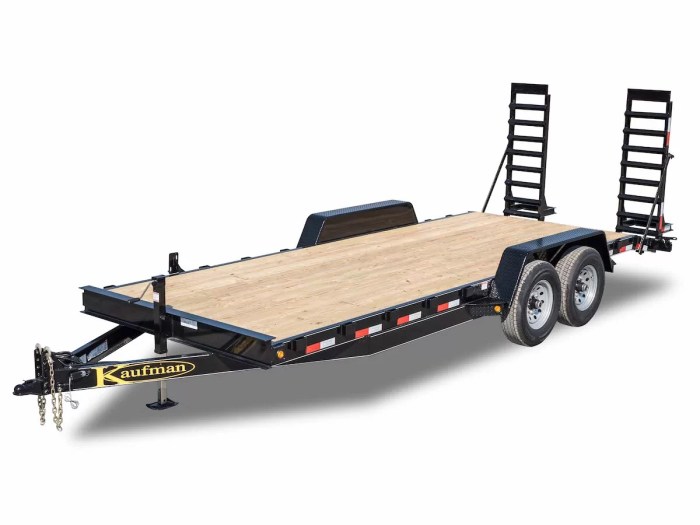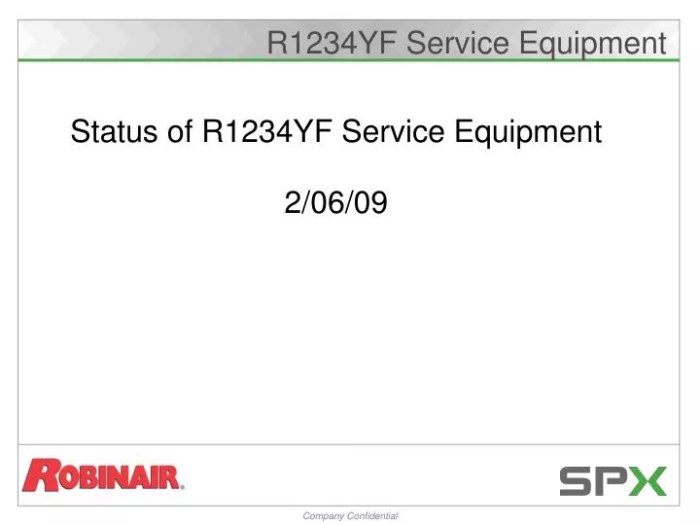The current standard for recovery only equipment is sae – The SAE standard for recovery only equipment is an essential guideline for ensuring the safety and efficiency of recovery operations. This comprehensive standard provides a framework for the design, manufacture, and operation of recovery equipment, helping to minimize risks and maximize the effectiveness of recovery efforts.
In this article, we will explore the key components, benefits, implementation, and future developments of the SAE standard for recovery only equipment. By adhering to this standard, organizations can enhance the safety, reliability, and efficiency of their recovery operations.
1. Introduction to SAE Standard for Recovery Only Equipment

The SAE standard for recovery only equipment provides a comprehensive framework for the design, manufacture, and operation of equipment specifically intended for recovery operations. This standard ensures that equipment meets specific safety, performance, and reliability requirements, enhancing the efficiency and effectiveness of recovery operations.
2. Key Components of the SAE Standard
The SAE standard for recovery only equipment comprises several essential components, each playing a crucial role in ensuring safe and effective recovery operations:
- Recovery Winch:A powerful winch designed to lift and move heavy objects, with features such as automatic load limiting and anti-rollback mechanisms.
- Boom System:A telescoping or articulating boom that extends the reach of the winch, providing greater flexibility and access to confined spaces.
- Outriggers:Stabilizing supports that prevent the equipment from tipping over during recovery operations.
- Control System:A computerized system that monitors and controls the operation of the equipment, ensuring precision and safety.
- Safety Features:Includes emergency stop buttons, audible alarms, and load indicators to enhance operator safety.
3. Benefits of Adhering to the SAE Standard

Compliance with the SAE standard for recovery only equipment offers numerous benefits:
- Enhanced Safety:Adhering to the standard ensures that equipment meets rigorous safety requirements, minimizing risks to operators and bystanders.
- Improved Efficiency:The standard provides guidelines for equipment design and operation, resulting in faster and more efficient recovery operations.
- Increased Reliability:Equipment that meets the SAE standard is built to withstand the demands of recovery operations, ensuring reliable performance even in challenging conditions.
- Reduced Liability:Compliance with the standard demonstrates due diligence and reduces the risk of liability in the event of an accident.
4. Implementation of the SAE Standard: The Current Standard For Recovery Only Equipment Is Sae

Implementing the SAE standard for recovery only equipment involves several key steps:
- Training Personnel:Train operators on the safe and effective use of equipment that meets the SAE standard.
- Selecting Equipment:Choose equipment that is certified to meet the SAE standard and is appropriate for the intended recovery operations.
- Developing Operational Procedures:Establish clear and concise procedures for the use of recovery only equipment, ensuring compliance with the SAE standard.
5. Compliance Verification and Enforcement
Compliance with the SAE standard for recovery only equipment is verified through:
- Third-Party Certification:Equipment manufacturers must obtain certification from an accredited third-party organization.
- Regular Inspections:Equipment should undergo regular inspections to ensure continued compliance with the SAE standard.
- Enforcement:Regulatory agencies and industry organizations may enforce compliance through inspections, fines, and other penalties.
6. Future Developments and Trends

The SAE standard for recovery only equipment is subject to ongoing developments and trends:
- Advanced Technologies:Integration of technologies such as remote monitoring and control, and augmented reality to enhance safety and efficiency.
- Industry Best Practices:Evolving best practices for recovery operations, informed by industry experience and technological advancements.
- Regulatory Changes:Potential changes in regulations to ensure alignment with industry best practices and emerging technologies.
FAQ Summary
What are the key components of the SAE standard for recovery only equipment?
The key components of the SAE standard for recovery only equipment include design specifications, performance requirements, testing procedures, and operational guidelines.
What are the benefits of adhering to the SAE standard for recovery only equipment?
The benefits of adhering to the SAE standard for recovery only equipment include enhanced safety, improved efficiency, and reduced liability risks.
How can organizations implement the SAE standard for recovery only equipment?
Organizations can implement the SAE standard for recovery only equipment by training personnel, selecting compliant equipment, and developing operational procedures.
How is compliance with the SAE standard for recovery only equipment verified and enforced?
Compliance with the SAE standard for recovery only equipment is verified through inspections and audits conducted by regulatory agencies and industry organizations.